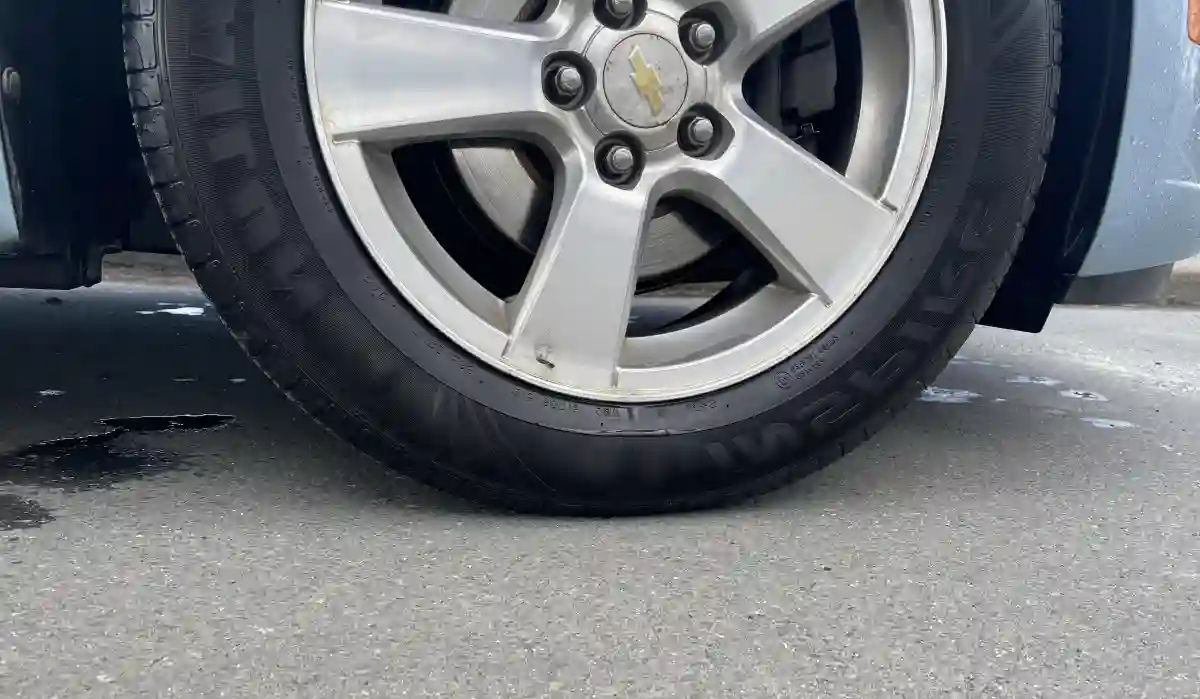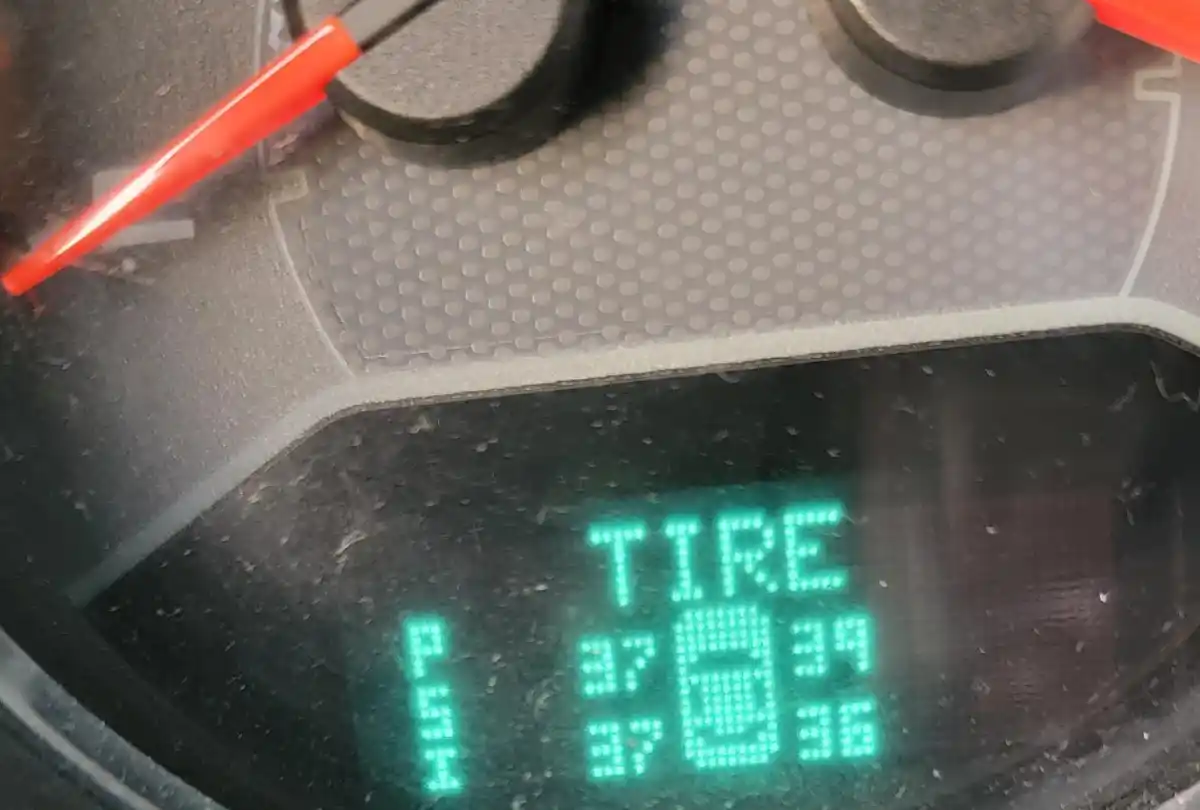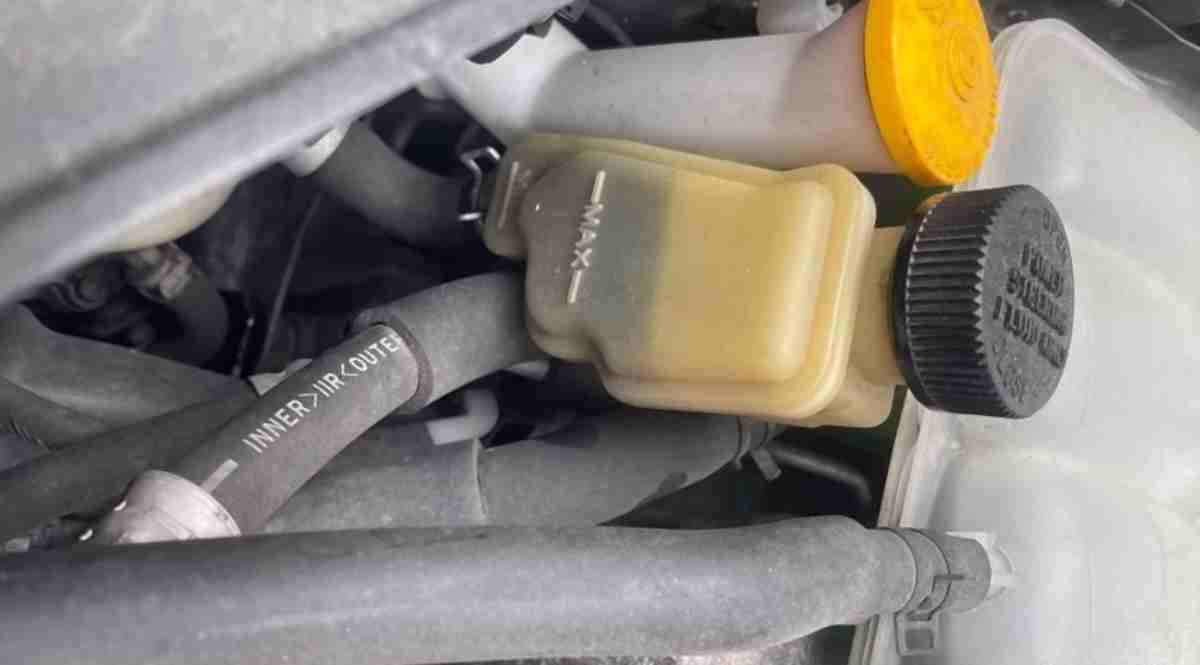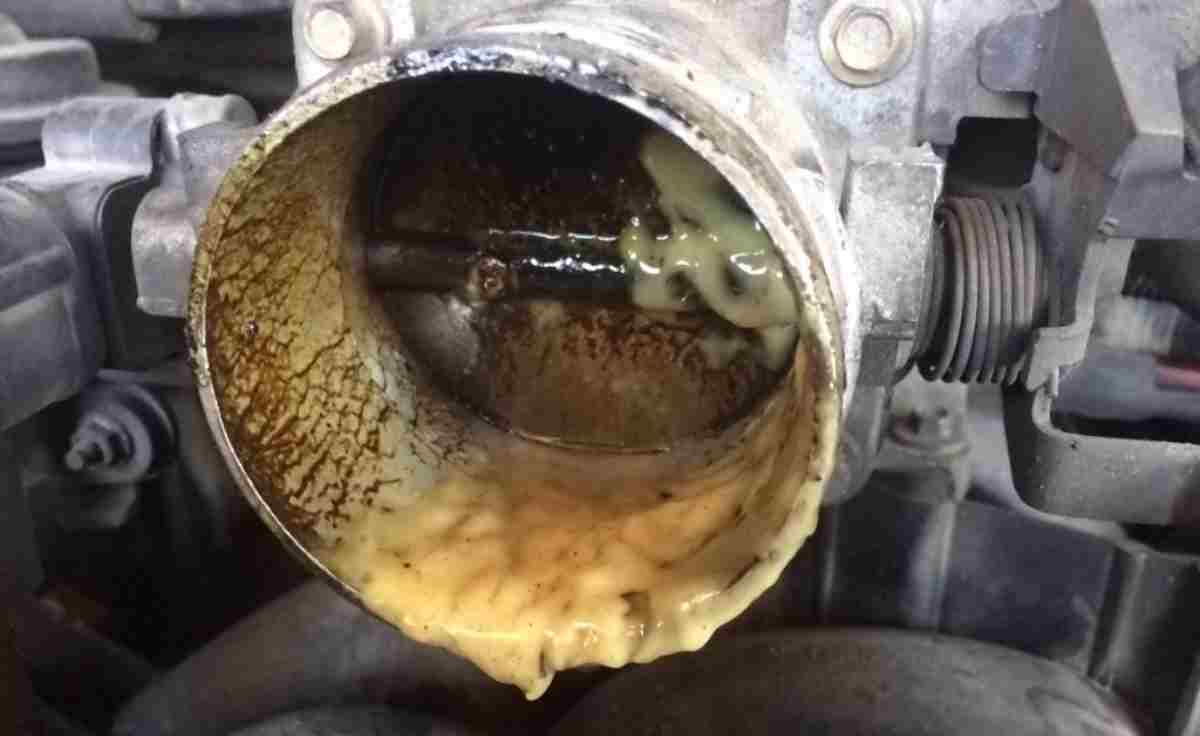The condition of your tires can influence performance, making it important to follow easy steps to fix tire pressure. Tires that aren’t accurately inflated tend to wear out faster. Moreover, improperly pressurized tires can reduce fuel efficiency and negatively affect your vehicle’s handling.
So, in this guide, you will learn how to check your tire pressure, identify your vehicle’s recommended tire pressure, and inflate them properly.
Why You Should Not Drive with Underinflated Tires
Your recommended tire pressure is typically indicated in pounds per square inch (psi) by your vehicle’s manufacturer or on the tire itself. and you need to meet it to ensure optimal vehicle performance, including efficient tire wear and overall driving comfort.
While you may find that underinflated tires might offer a more comfortable ride due to increased road surface contact, it also brings its share of drawbacks.
Even a slight underinflation, say by about 6 psi, can increase the risk of tire damage when encountering road irregularities such as potholes.
The low tire pressure causes the center tread to bow inward slightly, leading the tire to ride mainly on its outer edges. This subsequently results in excessive wear on the inner and outer shoulders of the tire. Furthermore, the reduced sidewall stiffness of an underinflated tire may amplify the sway your vehicle experiences during cornering, potentially leading to a rollover, especially for top-heavy vehicles.
Easy Steps to Fix Tire Pressure

Need to fix your tire pressure quickly? Follow these easy steps to fix tire pressure before you get your car on the road:
Step 1.
Ideally, check and adjust tire pressure when the tires are cold, usually in the morning after the vehicle has been stationary overnight. Refer to your car’s owner’s manual or the sticker inside the driver’s side doorjamb for the recommended pressure.
If you are unable to let the tires cool overnight, ensure they have been rested for at least three to four hours away from direct sunlight.
Step 2
Unscrew the cap on the valve stem. Keep spare valve stem caps in the glove box as these tend to get misplaced easily.
Step 3
Quickly press the tire gauge against the valve stem, ensuring a complete seal. Immediately remove the gauge after the dial moves or the stick pops. If you hear air escaping, reset the gauge and try again.
Step 4
Review the gauge reading to ascertain if the pressure is within the recommended limits.
Step 5
In case the tire pressure is lower than the recommended value, use an air compressor, usually available at gas stations and service centers, to inflate the tire. Some businesses may provide this service free of charge.
Step 6
After inflating the tire, repeat the easy steps to fix tire pressure in steps 3 and 4 to check if the tire pressure is within acceptable limits. Be cautious not to overinflate the tire.
Step 7
If the tire pressure is above the recommended level, use the small bead or dot present on the backside of most tire pressure gauges to release air by pressing it into the center of the valve stem.
Step 8
After letting out some air, repeat steps three and four to verify if further adjustment is necessary. Fine-tune the pressure by gradually adding or releasing air as needed.
Also…
- Avoid adjusting tire pressure when the tires are hot – it can lead to inflated pressures due to recent driving.
- The tire pressure value marked on many tires’ sidewalls usually represents the maximum tire pressure, not the recommended one. Always refer to your owner’s manual or the sticker on the driver’s side doorjamb for the recommended pressure.
- Properly inflated tires exhibit a flat tread across the tire’s width, providing full contact with the road surface.
- For carrying heavy loads or enduring prolonged high-speed driving, some manufacturers suggest using higher tire pressure.
Make sure to refer to the manufacturer’s guidelines for specific details. If your vehicle comes with a spare tire, make sure to check its pressure regularly.
Problems of Incorrect Tire Pressures

Tires that are underinflated tend to flex more than they should, leading to excessive heat generation and buckling. This can result in rapid wear on the treads’ edges, causing premature tire damage.
Again, remember that the tire pressure value mentioned on many tires’ sidewalls is typically the maximum allowable pressure, not the recommended one. Always use your owner’s manual or the sticker on the driver’s side doorjamb as a reference for the correct pressure.
Why Maintaining the Right Tire Pressure Matters
Tires form the link between your vehicle and the road, significantly influencing your car’s acceleration, braking, and cornering capabilities.
Ensure your tires are correctly pressurized to extend their lifespan, enhance traction and handling, and decrease the likelihood of a sudden pressure drop that could leave you stranded.
What Do You Need to Check and Adjust Tire Pressure?
To examine and correct your tire’s pressure, you will require:
- a standard tire pressure gauge and
- a source of compressed air.
While there are various types of gauges available, all essentially function similarly and are compatible with the standardized tire valve stem.
Compressed air can often be found at gas stations, service centers, and car dealerships, sometimes for a fee.
How to Find Manufacturer’s Recommended Tire Pressure

Typically, a sticker inside the driver’s door of your vehicle will display the recommended tire pressure.
This information is also usually available in the owner’s manual, as Cars.com points out. Tire pressure is expressed in pounds per square inch (psi).
On the sidewalls of your tires, there might also be a listed tire pressure. This represents the maximum permissible tire pressure. It’s advisable to follow the figures listed on the door sticker or owner’s manual since these denote the optimal tire pressure for your specific vehicle.
How to Inflate Your Car Tires
If your tires are underinflated as per the manufacturer’s recommendations, use the following steps provided by Edmunds to inflate them:
- Position your vehicle close enough to the air compressor so that the hose can reach all four tires.
- Remove the valve caps, if they are still on.
- Press the hose nozzle onto the valve stem. Air may start to flow automatically, or you might need to press a lever. You should notice the tire inflating and feel air moving through the hose.
- Detach the hose fitting or release the inflation lever. Use the gauge on the hose or your tire gauge to check the air pressure as detailed earlier.
- Repeat steps 3 and 4 as needed until the tire is inflated to the correct psi.
- Carry out easy steps to fix tire pressure 3-5 for the other tires on your vehicle.
- After properly inflating the tires, replace the valve caps.
If you hear or feel air escaping from the hose nozzle while inflating the tire, Cars.com suggests ensuring it is correctly attached to the tire valve stem.
How to Deflate Your Tires
Overinflated tires can lead to compromised handling. Moreover, such tires are more likely to skid or hydroplane.
If your tires show a higher than recommended psi, follow these steps to let out air:
- Press the small dot or bead on the back of the tire pressure gauge into the tire’s valve stem center. You should hear the tire releasing air.
- Use the gauge to measure the tire pressure.
- Repeat these steps until enough air has been let out to reach the correct psi.
As you approach the right pressure, release smaller amounts of air until you hit the target psi, advises Cars.com.
How Often Should You Check Tire Pressure?
You should check your tire air pressure once a month with the same tire gauge. This should be done when the car has been stationary for several hours, and the tires are “cold.” Tire pressure can fluctuate between 1-2 psi for every 10-degree variation in ambient temperature.
In summer, the psi generally rises, while it decreases during colder months. Regular monthly checks allow you to adjust the pressure as it changes with the seasons.
Even if the tires look okay, check them regularly, especially if you’ve driven over a sharp object or hit a curb. When your vehicle is brought in for routine servicing, you still want to follow these easy steps to fix tire pressure.
Tires are among the most crucial components of your car, forming the point of contact with the road. Regular attention and maintenance can significantly contribute to your vehicle’s safe and dependable performance.
Read also: Best Tire Dressing for UV Protection


![Reasons Car Window Goes Down but Not Up [Fixed] Reasons Car Window Goes Down but Not Up [Fixed]](https://sanedriver.org/wp-content/uploads/2022/04/PicsArt_04-29-06.10.42.jpg)